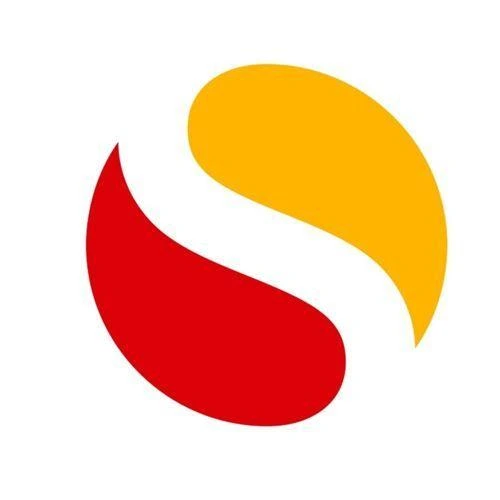|| 3D Printing Certification Training
Are you ready to unlock the endless possibilities of additive manufacturing and bring your ideas to life in three dimensions? Welcome to our comprehensive 3D Printing course, where we'll take you on a journey through the fundamentals of this transformative technology, empowering you to create tangible objects with precision and creativity. 3D Printing, also known as additive manufacturing, is a revolutionary process that allows you to create physical objects layer by layer from digital designs. Whether you're prototyping a new product, customizing a unique piece of art, or manufacturing complex parts, 3D printing offers unparalleled flexibility and efficiency.
This comprehensive course is designed to equip beginners and enthusiasts with the essential knowledge and skills needed to excel in the exciting field of 3D printing. Whether you're a hobbyist, a student, or a professional looking to incorporate additive manufacturing into your workflow, this course will guide you through every step of the process, from designing digital models to producing tangible objects with precision and creativity.
This course is designed for beginners and enthusiasts who want to explore the exciting world of 3D printing. Whether you're a hobbyist, a student, or a professional looking to incorporate 3D printing into your workflow, this course will equip you with the knowledge and skills needed to unleash your creativity and innovation.



 4.8 (21,636) reviews
4.8 (21,636) reviews


 Read more
Read more 
